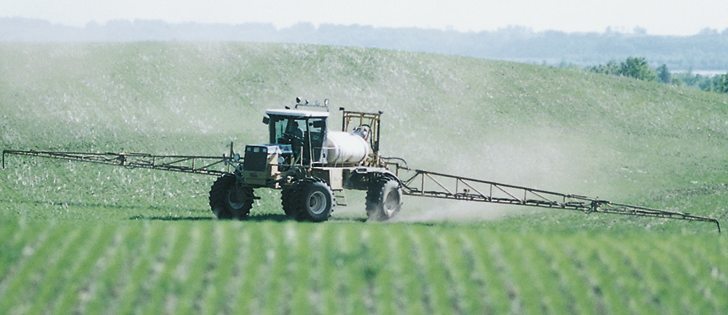The editorial that appeared in May 7 edition of The Western Producer made an important point about the value of glyphosate. This has been an indispensable weed control tool for farmers over the last several decades.
The Canadian agricultural industry is one of the most promising in the world because of its embrace of innovation and its ability to adapt and change.
Farmers are continually integrating the latest technologies into their operations, whether it be new seed varieties, new equipment or new crop protection products.
Read Also

Farmer ownership cannot be seen as a guarantee for success
It’s a powerful movement when people band together to form co-ops and credit unions, but member ownership is no guarantee of success.
Part of the reason for the industry’s success is its commitment to continuous improvement. Farmers have a long history of responsible use of pesticides and use these tools judiciously to address specific challenges. This is part of an integrated pest management strategy, which the vast majority of Canadian farmers have whole-heartedly adopted.
As responsible stewards of the land and the technology, farmers are also encouraged to rotate their crop protection products to help with resistance management and prevent the onset of herbicide resistant weeds. Industry and farmers share in this ongoing commitment to the responsible use of pesticides and work diligently to improve communications and collaboration.
Herbicide resistance is a real issue that demands ongoing dialogue. The crop protection industry has played a leadership role in voluntarily labelling modes of action on its products to help farmers properly rotate chemistries.
The problem with the editorial was that it included a reference to the recent classification of glyphosate as a “probable carcinogen” by the World Health Organization’s International Agency for Research on Cancer.
This classification of glyphosate does not constitute a thorough risk assessment nor is it the result of any new information. It is a simplistic categorization exercise that puts glyphosate into a category with coffee, alcohol, a career as a hairdresser and being a shift worker.
There is an important distinction to be made between hazard and risk. Understandably, this distinction is not often well understood by the general public and this is why it’s incumbent on media, especially agricultural media, to put it into context.
Health Canada, which is responsible for assessing all pesticides for use in Canada, recently stated in its proposed re-evaluation document on glyphosate that “products containing glyphosate acid are unlikely to affect your health when used according to label directions.”
Health Canada directly addressed WHO’s findings: “It is important to note that a hazard classification is not a health risk assessment. The level of human exposure, which determines the actual risk, was not taken into account by WHO. Pesticides are registered for use in Canada only if the level of exposure to Canadians does not cause any harmful effects, including cancer.”
Hundreds of pesticide regulatory scientists from around the world have reviewed the data on glyphosate and concluded it is safe.
In fact, even within the WHO a separate group of experts concluded that glyphosate does not pose a cancer risk if used as directed.
The responsible use of glyphosate and developing strategies to mitigate the emergence of resistance should be a top priority for agriculture, but this should remain distinct from any conversation around the safety of this tool.
Canada’s science-based regulatory system makes it clear that glyphosate can be safely used and does not pose unnecessary health risks when used according to label directions.
It’s important that this point be well understood by both farmers and consumers. Otherwise, we run the risk that legitimate resistance-management initiatives will be overshadowed by erroneous assumptions about health and safety.
Ted Menzies is president of CropLife Canada. CropLife Canada is a trade association that represents manufacturers, distributors and developers of pest control products and plant biotechnology.















